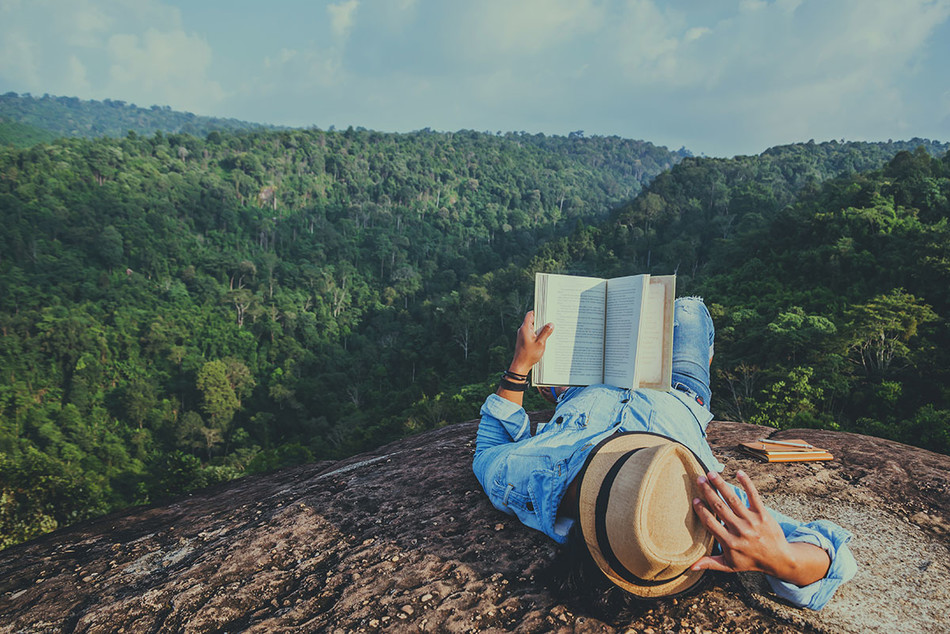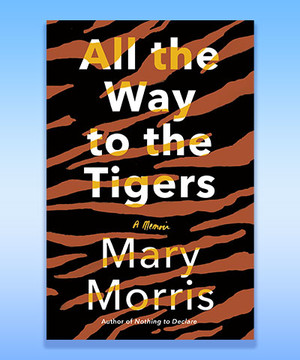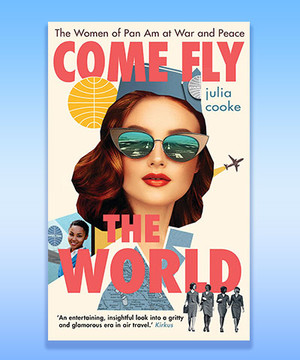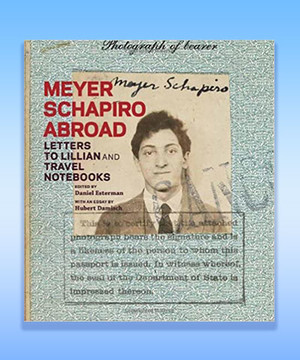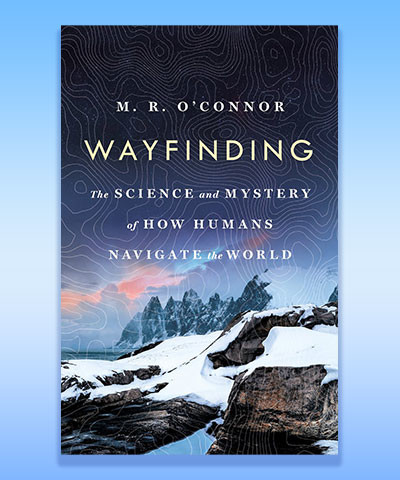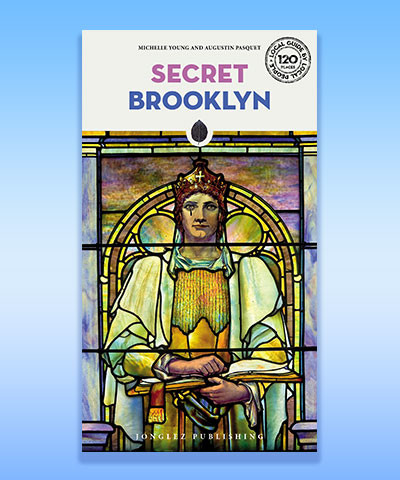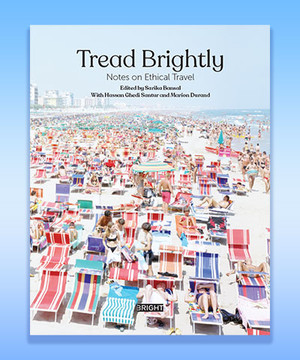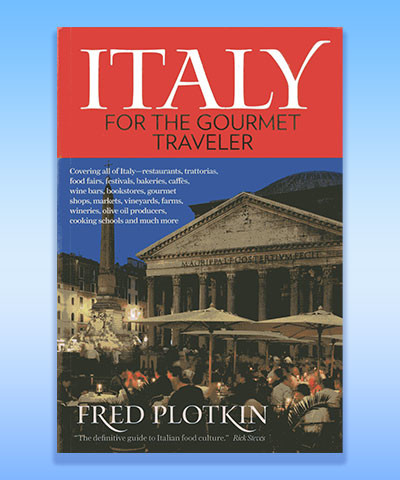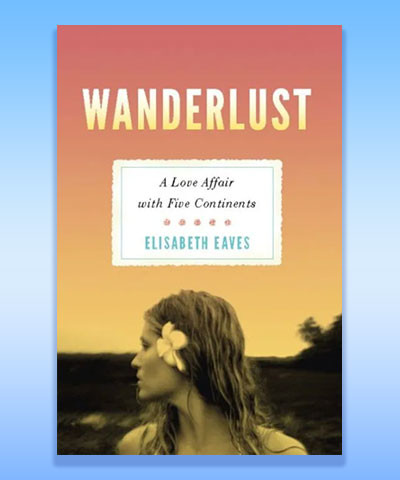Whether you’re planning an epic adventure or settling in for some armchair travel, these ten books, all by globetrotting Columbia alumni, will inspire you to see the world in new ways.
All the Way to the Tigers: A Memoir
By Mary Morris ’77GSAS (2020)
When travel writer and novelist Mary Morris was badly injured in an ice-skating accident, she feared that her life of adventure was over. But a quote from Thomas Mann convinced her otherwise: “He would go on a journey. Not far. Not all the way to the tigers.” Thus began Morris’s three-year-quest — which does take her far, from Brooklyn to the jungles of India — to find a tiger in the wild. Like her much-lauded memoir Nothing to Declare, Morris’s latest book is a thoughtful, spiritual, genre-bending journey.
Looking for Transwonderland: Travels in Nigeria
By Noo Saro-Wiwa ’01JRN (2012)
Noo Saro-Wiwa spent her childhood in the United Kingdom, traveling back to her native Nigeria only on summer vacations. But when she was nineteen, her father, a journalist and activist, was killed by Nigerian police. Saro-Wiwa returned to her homeland to reckon with her father’s legacy and try to understand the history of the nation that killed him. Part memoir, part family history, and part travelogue, it’s an intriguing (and surprisingly funny) look at a very complicated country.
Come Fly the World: The Jet-Age Story of the Women of Pan Am
By Julia Cooke ’13SOA (2021)
There’s nothing glamorous about flying these days, so it’s extra fun to tag along with Julia Cooke back to the 1960s, the golden age of air travel, when working as a Pan Am stewardess was peak cool. Cooke tells five such women’s stories, which run the gamut from the enviable (shopping sprees in Paris and beach holidays in the Philippines) to the unbelievable (evading the KGB in Moscow and smuggling a newsreel out of war-torn Pakistan).
Meyer Schapiro Abroad: Letters to Lillian and Travel Notebooks
By Meyer Schapiro ’24CC, ’35GSAS, edited by Daniel Esterman ’65CC (2009)
Meyer Schapiro is known as one of the twentieth century’s most accomplished art historians. But in 1926 and 1927, he was still a Columbia graduate student, studying abroad in Europe and the Middle East. The letters that he wrote to his then fiancée, Lillian, as well as the notebooks that he kept, are ripe with budding observations on art and politics and represent a fascinating time capsule of intellectual life nearly a century ago.
Wayfinding: The Science and Mystery of How Humans Navigate the World
By M. R. O’Connor ’08JRN (2019)
Technology has made wayfinding — “the use and organization of sensory information from the environment to guide us” — almost obsolete. But before GPS, or even written maps, humans purposefully traveled great distances across the earth. Journalist M. R. O’Connor draws on disciplines from neuroscience to anthropology to explore how they did it. Her findings are fascinating, and so is her journey to reach them, which takes her to the Arctic tundra, the Australian outback, and the islands of the South Pacific.
Secret Brooklyn: An Unusual Guide
By Michelle Young ’12GSAPP and Augustin Pasquet (2019)
Michelle Young, an adjunct professor of architecture at Columbia, is the founder of Untapped New York, a website dedicated to the secret corners and hidden gems of America’s biggest city. So it’s no surprise that her guide to Brooklyn is equally full of treasures — things like the world’s oldest subway tunnel and a museum built into the hallway of a Williamsburg apartment building. It’s an indispensable resource for visitors and residents alike.
Tread Brightly: Notes on Ethical Travel
Edited by Sarika Bansal ’12SIPA (2021)
Editor Sarika Bansal is a true citizen of the world: she has lived on five continents, speaks four languages, and has traveled extensively. So she’s more than qualified to ask tough questions and offer wisdom about how to travel ethically. The essays and photos in her collection tackle topics like the ecological implications of cruise ships, the ways that study-abroad programs and “orphanage tourism” impact communities, and the role that privilege plays in exploration. It’s a timely wake-up call, with plenty of thoughtful ideas for the future.
The Diver’s Clothes Lie Empty
By Vendela Vida ’96SOA (2015)
One of the most alluring elements of travel is self-reinvention, an idea central to Vendela Vida’s captivating, mind-bending thriller. Upon arriving at her hotel in Casablanca, Vida’s heroine is robbed of her passport and all her belongings. Strangely liberated by the crime that stripped her of her identity, she starts posing as a famous film star, which takes her on a series of mysterious adventures. Vida’s writing is full of fun twists, and any armchair traveler will delight in her portrait of the sunbaked Moroccan city.
Italy for the Gourmet Traveler
By Fred Plotkin ’80JRN (2014)
There are plenty of good reasons to travel to Italy, but for most people the food is high on the list. And Fred Plotkin — an expert on Italian opera and cuisine — is the consummate guide. He has tips on the best restaurants, gelato stands, markets, wineries, and olive-oil distilleries, from the bustling centers of Rome and Milan to tiny villages off most tourist-trodden paths. Plotkin is working with travel-guide guru Rick Steves on a new gastronomic guide to Italy, out in 2023. Until then, this fifth edition remains an excellent resource.
Wanderlust: A Love Affair with Five Continents
By Elisabeth Eaves ’99SIPA (2011)
Elisabeth Eaves lives by the notion that you can “go off into the world and let it carry you along.” Her memoir chronicles fifteen years of truly globe-spanning travel — from the busy streets of Cairo to the jungles of Papua New Guinea. Almost every new place comes with a romance, but Eaves is clearly reluctant to settle down with any of the men she meets. It’s a journey that will speak to anyone who craves the unknown and fears the mundane.
